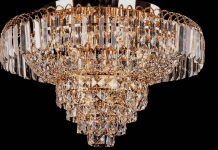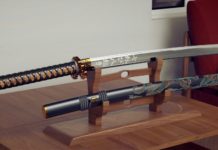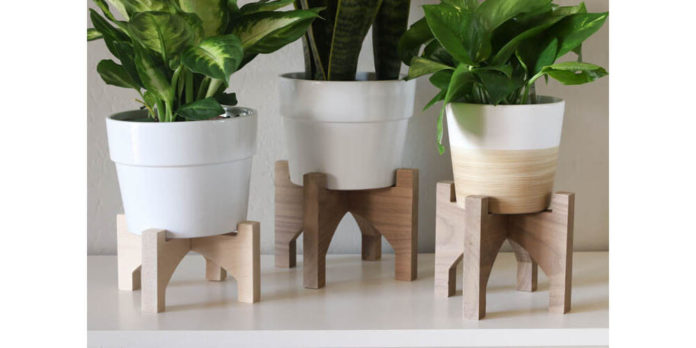Outdoor plant stands, in most cases, vary from indoor stands. The design and materials used for construction play a huge role in dealing with environmental effects. For example, before leaving your wooden plant stands outdoor, ensure the wood will not get damaged over time. It can be done by buying stands with weatherproof materials, preventing any destruction hence lasts longer. We expound on the best materials for outdoor plant stands below.
Best Materials for Outdoor Plant Stands
When you want to buy a plant stand, there are factors that you have to consider, such as the number of plants you wish to place on the stand, weight, and weather conditions. The answer you give the questions will help you figure out the most suitable material for your stands.
1. Wood Outdoor Plant Stands
Wood can withstand various weather elements but degrades with time. Staining the wood would be a great option in preventing water damage or pest infestation. You can also treat it with a waterproofer to prevent rotting. Picking wood whose origin is your region is a good idea because it’s familiar with the conditions and has a high chance of resisting them, e.g., heat and moisture. Cedar is highly resistant to moisture, thereby good as an outdoor stand.
2. Metal Outdoor Plant Stands
Stands made from metal are durable and sturdy. It can accommodate many planters, so it needs to support all the weight. The metal selection is not as comprehensive as other materials. It includes iron( wrought iron), brass, and stainless steel. Metal is prone to rust and corrosion caused by moisture. This can be prevented by treating it using a metal sealant or cover with metal spray paint to act as a barrier.
3. Plastic and Resin Outdoor Plant Stands
The most significant benefit of these materials is their weight. They are lightweight, and transporting them from place to place is easy. However, they are relatively robust, durable, and weather-resistant. When exposed to extreme weather elements over time, they become brittle and weak and may eventually break. It would be best if you were careful when arranging the plants on such stands. Place them gently without force to prevent chipping. The stands are ideal for house balconies where they are not overly exposed.
4. Cement Outdoor Plant Stands
The stands are made by putting cement into a form and left for a while to set and cure. Once the process is done, the dry cement is removed from the form. The form is made to look like the desired plant stand, which then the cement emulates and comes out looking like the stand. You can buy it as it is or have it stained to your preferred color. They are the most durable and resist all weather conditions.
Final Words
The material of the plant stand determines how long it’s going to last and how beneficial it will be to you. First, identify the plants you want, their weight, and the location, then choose your stand.



























